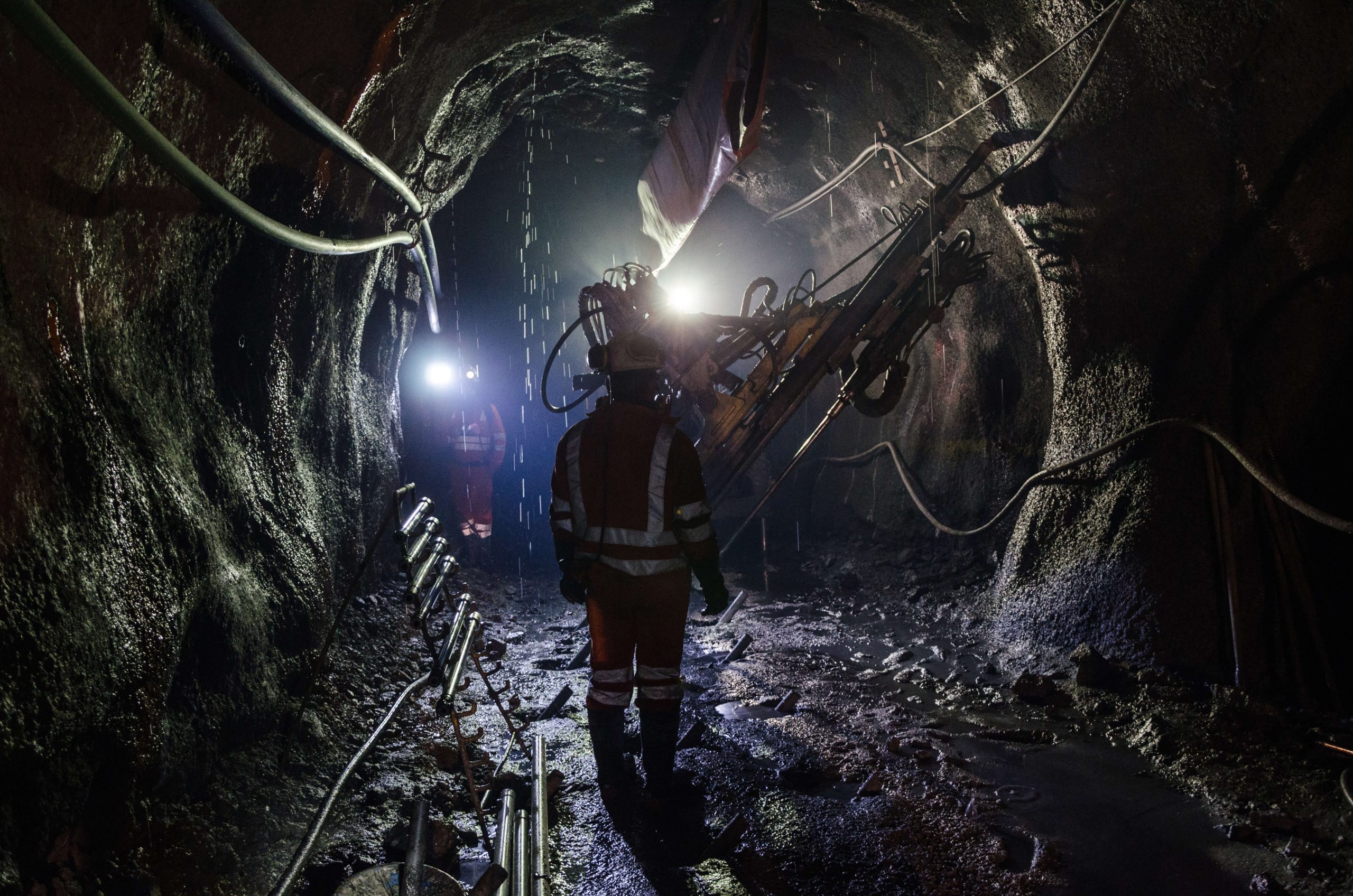Quick Hits
- MSHA has intensified its enforcement activity with an increased emphasis on pattern of violations authority, and it has resumed impact inspections.
- MSHA issued multiple safety alerts and best practice materials in 2023 due to a more than 25 percent increase in the number of fatal accidents recorded in 2022.
- MSHA may be nearing the end of the rulemaking process for its crystalline silica rule and mobile equipment rule.
During the past year, the mining industry saw the Mine Safety and Health Administration (MSHA) ratchet up enforcement with an increased emphasis on pattern of violations (POV) authority, as well as the resumption of impact inspections. Even so, there was an increase in fatal accidents— thirty-eight chargeable to the mining industry as of December 5, 2023, compared with thirty in 2022 and thirty-eight in 2021—that likely will direct much of MSHA’s enforcement emphasis in 2024, as well as the agency’s communications outreach to miners and operators.
Areas of Emphasis
Initiatives Related to Fatality and Serious Injury Occurrences
MSHA has historically oriented its compliance emphasis and operator outreach toward reducing fatalities. With the increase in fatal accidents this year, the agency responded by issuing multiple safety alerts and best practice materials, and it informally solicited input from operators on what could be done to reverse this trend.
The agency’s enforcement decisions were also influenced by the fatality statistics, with agency inspectors and managers at times elevating its findings with regard to violations viewed as having similar causal factors as those seen in recent industry fatalities.
Rulemaking
Although MSHA does not promulgate regulations in most years, 2024 could be a significant year for rulemaking by the agency.
While the rulemaking process for any given new safety or health standard typically takes years to complete, MSHA may be nearing the end of that timeline for two significant rules: the respirable crystalline silica rule and the mobile equipment safety program rule. Neither rule will be easy for operators to implement.
Many operators are already taking significant steps toward anticipated compliance requirements with the respirable crystalline silica rule before the rule is even in place. This may be prudent, as the proposed rule is complex and operators will likely need time to establish the mechanisms and administrative support for things such as new engineering controls, exposure monitoring, and medical surveillance.
Once the new rules are out, MSHA may train its rulemaking sights on other subjects.
POV and Impact Inspections
MSHA continued to exercise its POV authority this year and resumed impact inspections. MSHA used both enforcement mechanisms to ratchet up pressure on certain mine operators to place increased attention on their safety programs and compliance.
Regarding POV, about seventy operations implemented corrective action plans in 2023. MSHA has clearly been using its POV authority to drive operator safety programs to implement focused compliance initiatives.
In January 2023, MSHA resumed its impact inspections. None had been conducted since March 2020. The agency is again issuing monthly press releases about the impact inspections conducted, singling out mines, and publishing the names of operators and controlling entities. The releases include numbers and types of citations and orders issued, as well as MSHA’s cursory listing of what led the agency to conduct the inspections.
New Inspectors
MSHA has hired more than one hundred new inspectors to replace those who have retired or left the agency. Many of these inspectors are undergoing training and may begin inspecting in 2024.
Some of these inspectors may not have had a lengthy mining experience, and they may not be knowledgeable about the mines that they will be inspecting. This can lead to issues with inspector judgment when issuing citations and inconsistent enforcement.
FMSHRC Developments
While developments coming out of the courts and the Federal Mine Safety and Health Review Commission (FMSHRC) may not be as top of mind to operators as MSHA initiatives, the developing case law under the Mine Act can be impactful regarding MSHA’s activities, as well as operators’ compliance requirements.
One of the high-profile cases in 2023 was the KC Transport decision out of the U.S. Court of Appeals for the District of Columbia Circuit. The case concerned whether MSHA had jurisdiction to issue citations to a contractor for its trucks at its mobile equipment shop, which was not located directly on mine property.
The commission found that MSHA did not have jurisdiction over the trucks once they left the mine. The D.C. Circuit held that the Mine Act was ambiguous as to whether MSHA had jurisdiction over off-site mine equipment and shops, declining to uphold the commission’s decision. The court returned the case to the commission to consider whether MSHA’s decision to exercise jurisdiction over the contractor’s trucks at its maintenance shop was entitled to deference as a reasonable interpretation of the Mine Act.
Ogletree Deakins’ Workplace Safety and Health Practice Group will continue to monitor MSHA and FMSHRC developments and will publish updates on the Mine Safety blog as additional information becomes available.
A version of this article was previously published in Pit & Quarry magazine.
Follow and Subscribe





